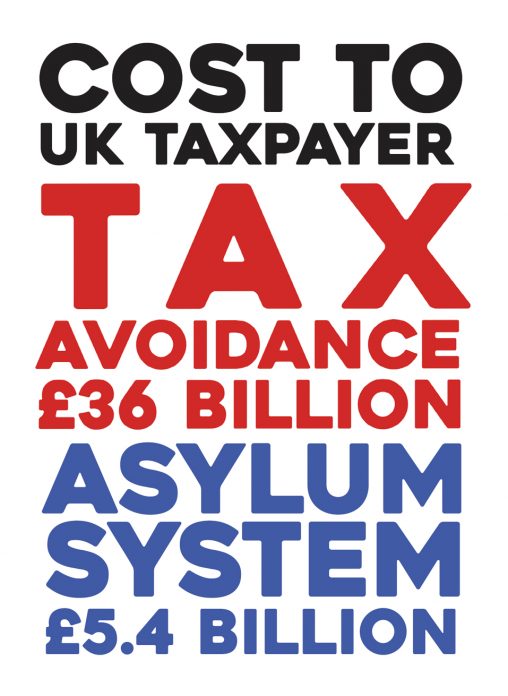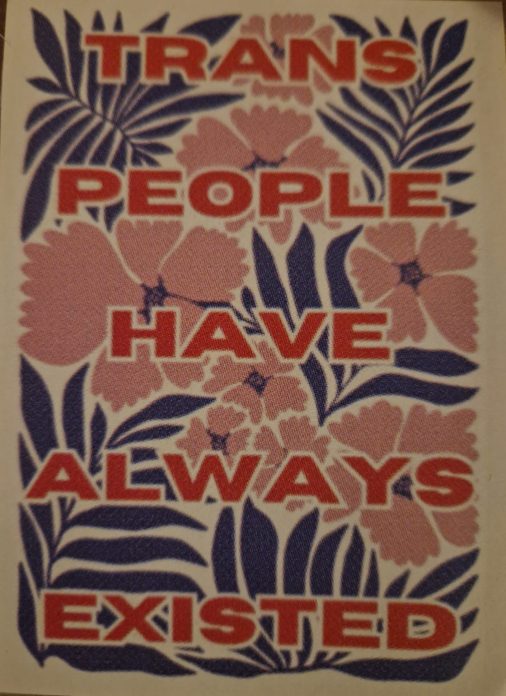Instead, the military uprising ushered in a brutal Civil War, and a photograph of Ginesta, born in Toulouse and believed to have been the last French survivor of the Spanish conflict, became one of its best-known images. Taken on 21 July 1936, the photo shows Ginesta as a 17-year-old militiawoman, standing bareheaded and smiling on the rooftop terrace of a central hotel in Barcelona. She has a look of innocence in her eyes, perhaps, but – as the rifle slung over her back would suggest – her idealistic determination to defend the Republic against the army’s treachery and simultaneously implement a Socialist revolution in Spain is equally plain.
“It is a good photo, it reflects the feelings we had at the time,” said Ginesta, whose parents were Spanish trade unionists. “Socialism had arrived and the clients of the hotel” – the now defunct Colon on the Plaza de Catalunya – “had gone. There was a sense of euphoria.”
“We moved into the Colon” – which became the Communist and Socialist combined youth movement headquarters in Barcelona, festooned with images of Lenin and Stalin – “and we started eating good food. It was as if the bourgeois way of life had suddenly become ours as well.
“They say I have a striking way of looking at the camera. That’s possible, because we were well aware of the mystique surrounding a revolution of the proletariat and the Hollywood films of the time, too [with stars] like Greta Garbo and Gary Cooper.” However, for Ginesta and the other idealists of the time, the summer of 1936 represented the high-tide mark for Spain’s revolution, as the bitterly fought Civil War ended with defeat for the Republic and exile or death for its defenders.
Ginesta never bore a gun again after that emblematic photo of youthful political resistance. Instead she worked as a translator for Pravda’s Spanish correspondent, Mijail Koltsov – accused in some quarters of being a secret agent for Stalin – and later as a journalist for various Republican newspapers.
In her first job, she attended some of Koltsov’s most high-profile interviews, including one with the Anarchist leader and hero Buenaventura Durruti in July 1936. She once said she believed their conversation, apparently of a highly political nature, upset the Soviet dictator Joseph Stalin so much when he got wind of it that it led to the death of both Durruti, who was killed in mysterious circumstances on the Madrid frontline that November, and Koltsov’s execution in 1940 in a Moscow purge.
As for the Republic, fighting between different political movements and a comparative dearth of military firepower thanks to the Western democracies’ adherence to a non-intervention pact, effectively doomed it, but it still held out until 1 April 1939. During that period, while the publications Ginesta worked for cranked out increasingly unrealistic propaganda – “our duty was to keep the morale high amongst the combatants,” she later explained – the Hotel Colon found itself on the frontline of those internal Republican divisions in May 1937. As outlined in George Orwell’s Homage to Catalonia, the militias of a tiny left-wing party, the POUM, joined forces with the Anarchists in Barcelona to rebel against the increasingly dominant Communists, who used the same terraces where the photo of Ginesta had been taken for machine-gun posts as they fought for control of the city.
Less than a year had passed, but those heady summer months of 1936, when it felt like young Catalan revolutionaries such as Ginesta would change the world, must have seemed to have been lost forever. Following the Republic’s defeat, an injured Ginesta faced exile, first in France and then, after Germany’s invasion, in the Dominican Republic and Venezuela. Her photograph from July 1936, though, began to circulate widely, one of its most recent public appearance being on an exhibition poster in Germany – although Ginesta only become aware of its existence more than 50 years after it had been taken.
ALASDAIR FOTHERINGHAM





